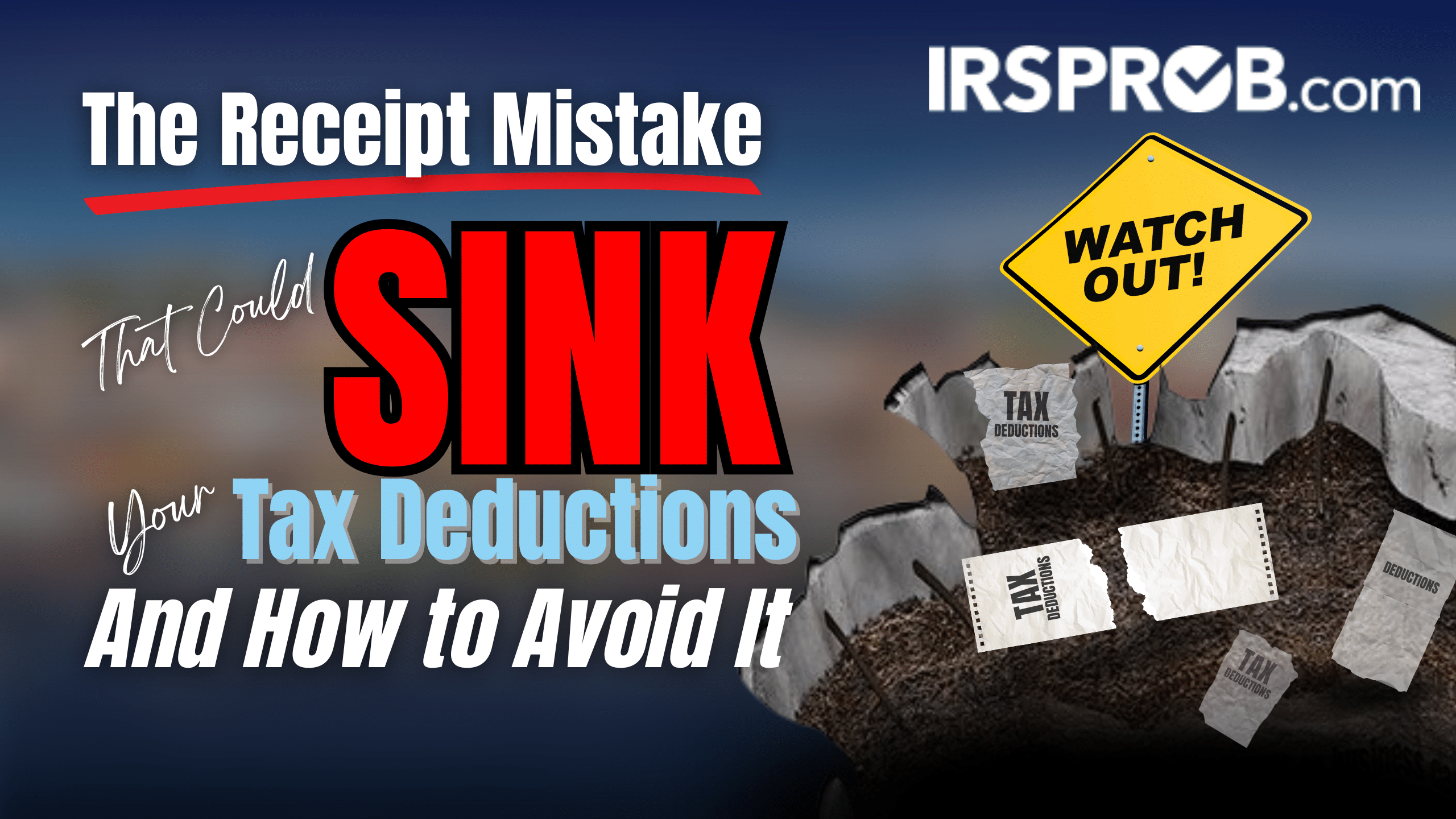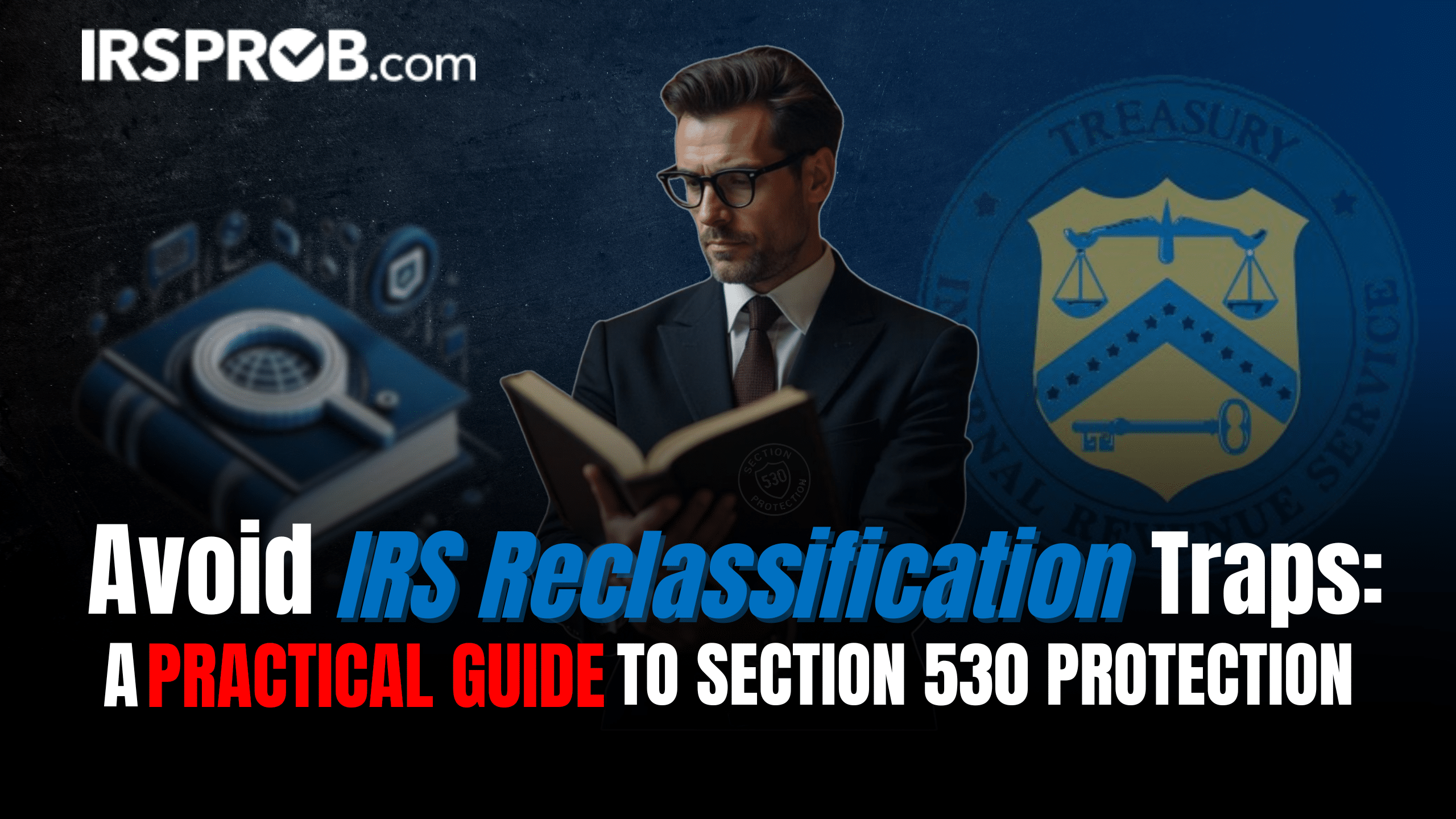Thinking about closing your sole proprietorship or single-member LLC that’s taxed like a sole proprietorship? Understanding the tax implications is crucial. At IRSProb.com, we’re here to help. Let’s break it down.
Selling Your Business: The Basics
When you sell your sole proprietorship or single-member LLC, the IRS treats it as selling individual assets, not the business as a whole. This is different from selling a partnership or corporation, where you can sell ownership interests.
Allocating the Sale Price
You need to allocate the total sale price to each specific asset you’re selling. The IRS has rules for this, found in Section 1060 of the Internal Revenue Code. For a simple explanation, check out the instructions for IRS Form 8594.
Calculating Gains and Losses
- Taxable Gain: If you sell an asset for more than what you paid for it (plus improvements, minus depreciation), you have a taxable gain.
- Taxable Loss: If you sell an asset for less than what you paid for it (plus improvements, minus depreciation), you have a taxable loss.
Special Rules for Real Estate
Selling depreciable real estate involves some complex tax rules:
- Ordinary Income Recapture: If you’ve taken extra depreciation on the property, part of your gain might be taxed as ordinary income, which has a higher tax rate.
- Section 1231 Gains: Gains above the recaptured amount can be taxed at the lower long-term capital gains rate.
Gains from Other Assets
- Ordinary Income: Gains from depreciated assets like equipment or furniture are taxed at higher ordinary income rates.
- Long-Term Capital Gains: Gains from assets held longer than a year are taxed at a lower rate.
Ordinary Gains and Losses
Ordinary gains come from selling non-capital assets like inventory or receivables. These are taxed at your regular income tax rate. Ordinary losses are fully deductible.
Section 1231 Gains and Losses
- Net Section 1231 Gains: If your gains exceed your losses, they’re treated as long-term capital gains and taxed at a lower rate.
- Net Section 1231 Losses: If your losses exceed your gains, they’re treated as ordinary losses, which are fully deductible and can reduce your taxable income significantly.
Self-Created Intangibles
Certain self-created intangibles (like patents and inventions) are now taxed at ordinary income rates instead of the lower capital gains rate, due to changes from the Tax Cuts and Jobs Act (TCJA).
Non-Compete Agreement Payments
If you get payments for agreeing not to compete with the buyer, these are taxed as ordinary income but are not subject to self-employment tax.
Tax-Saving Tips
Allocate more of the sale price to assets that generate lower-taxed long-term capital gains (like land and buildings) and less to assets that generate high-taxed ordinary income (like inventory and receivables).
Self-Employment Tax
You might owe self-employment tax on gains from selling receivables or inventory, but not on other business assets.
Net Investment Income Tax (NIIT)
You might owe the 3.8% NIIT on some gains from selling business assets, but only if your business activity is passive.
Reporting Your Sale
Report the gains and losses from selling business assets on IRS Form 4797, and transfer capital gains and losses to Schedule D. For business asset sales, you’ll also need to complete IRS Form 8594.
Shutting down a sole proprietorship or single-member LLC has several key tax implications. Understanding how to allocate the sale price and knowing the tax treatment of different assets can save you money.
At IRSProb.com, we’re here to help you navigate this process. Contact us today to ensure you minimize your tax burden and comply with all reporting requirements.









